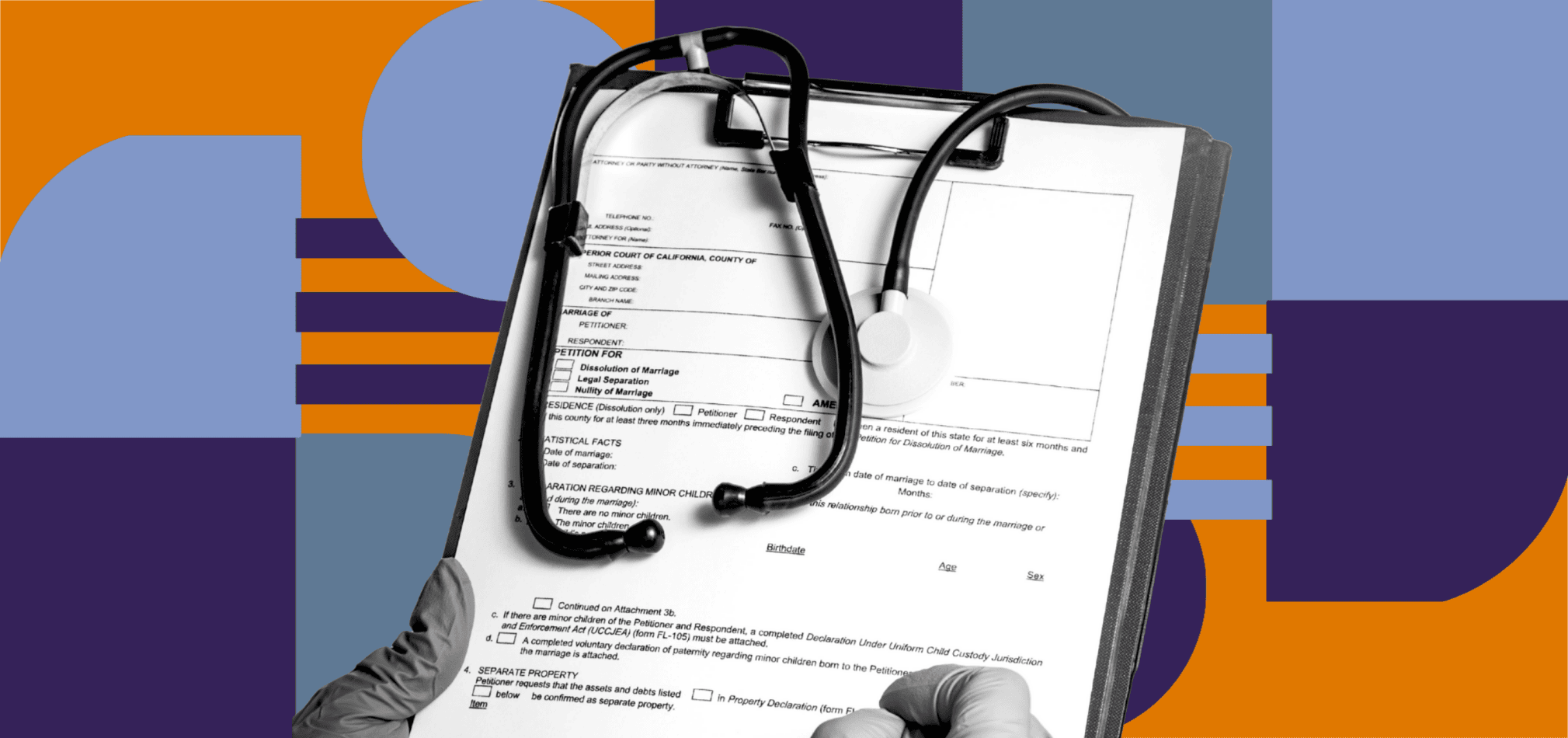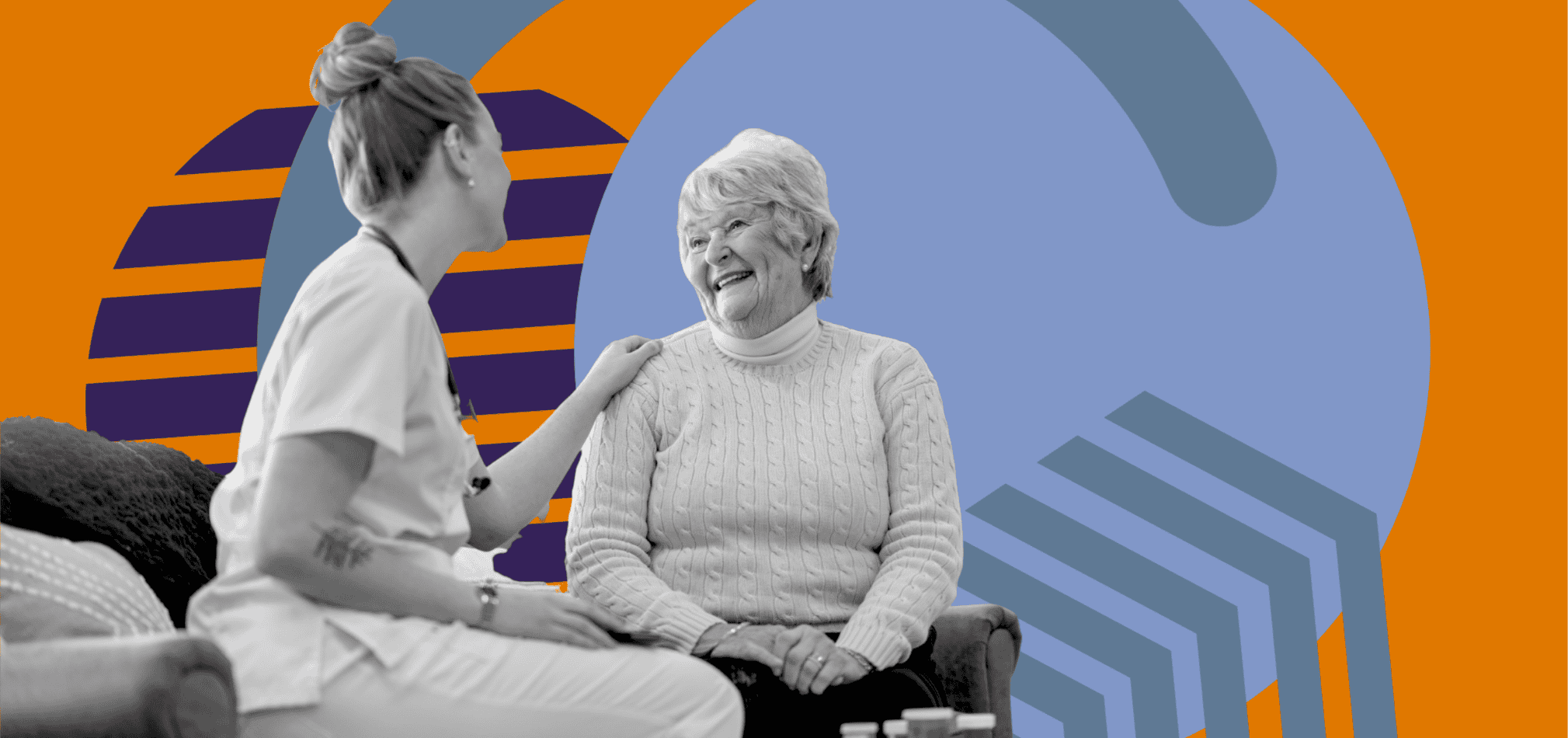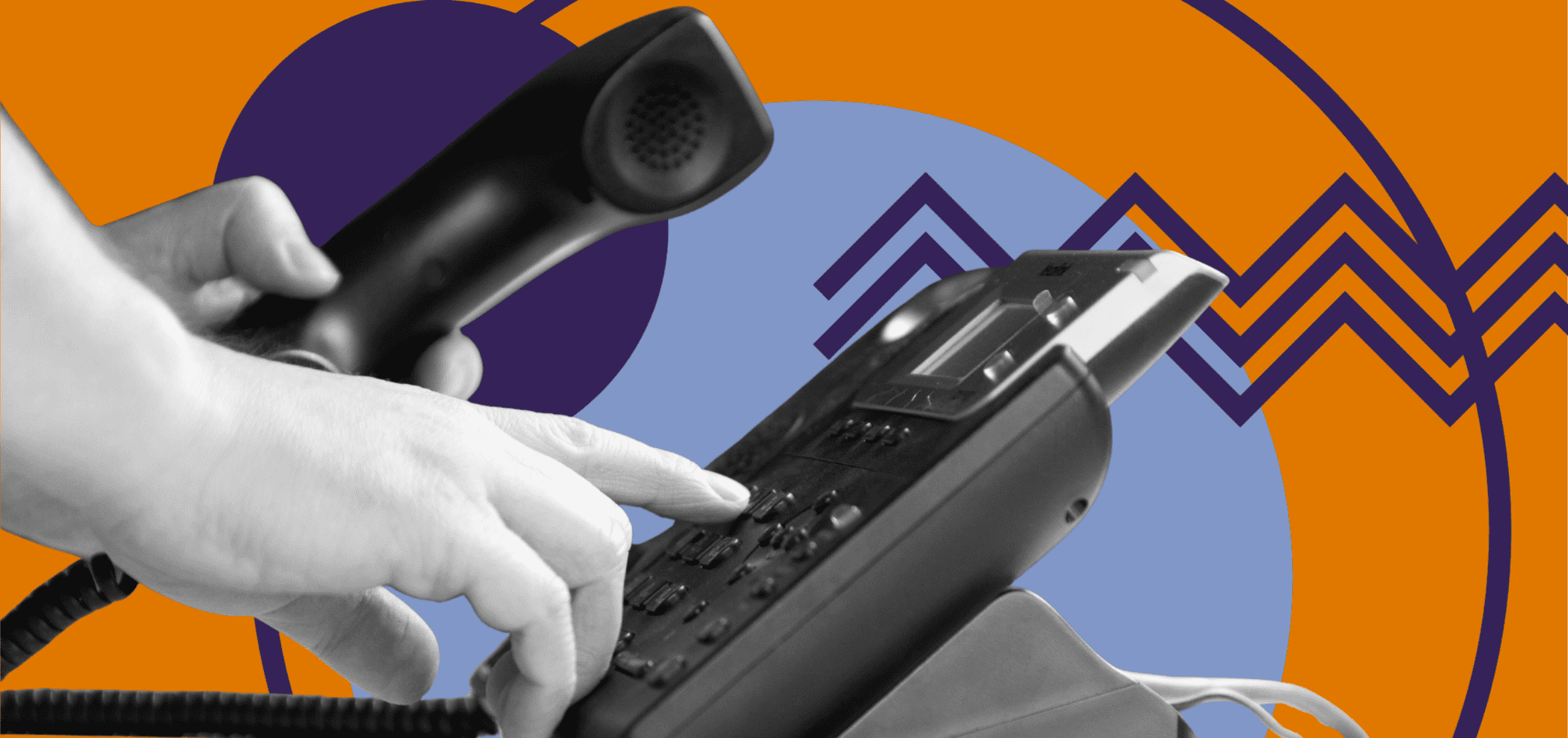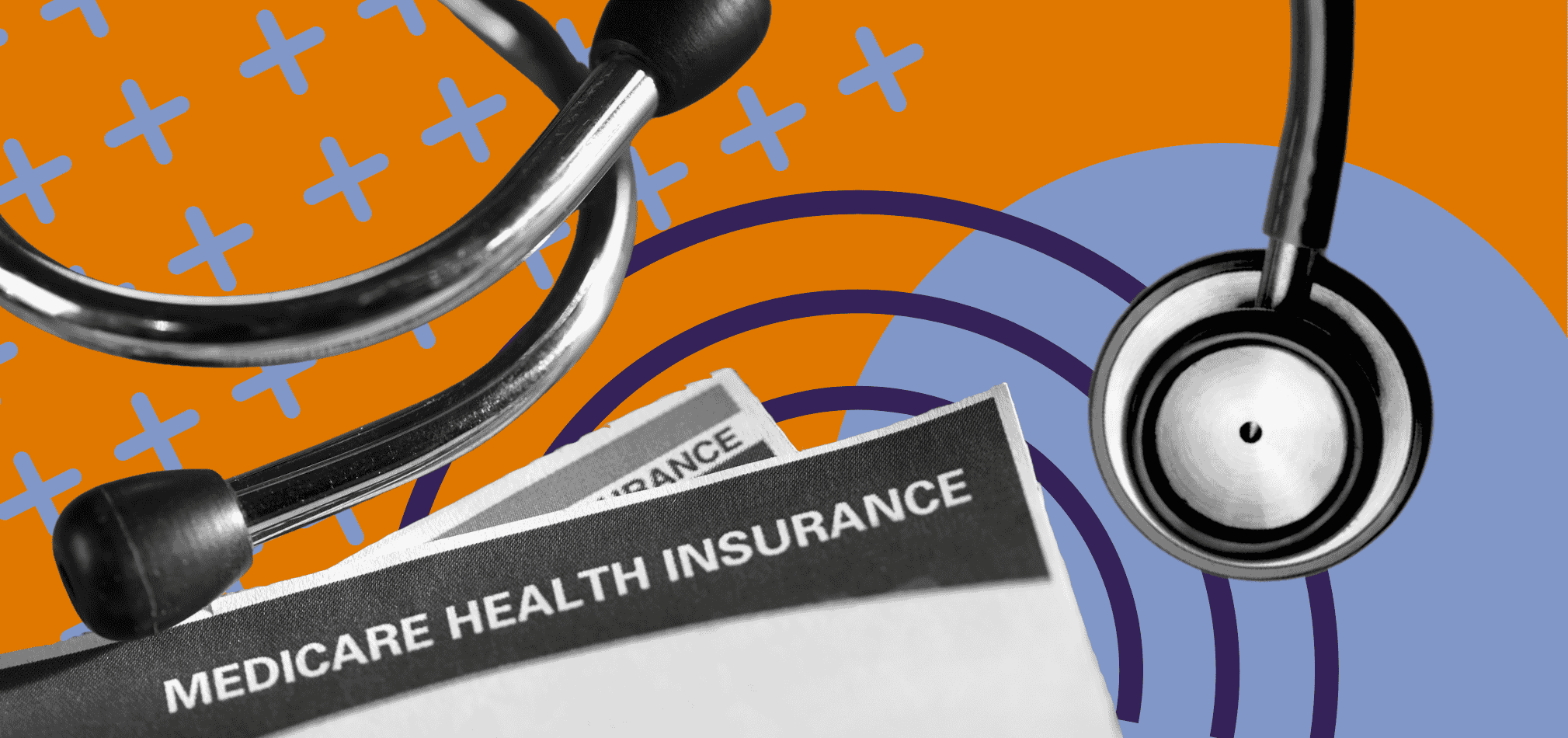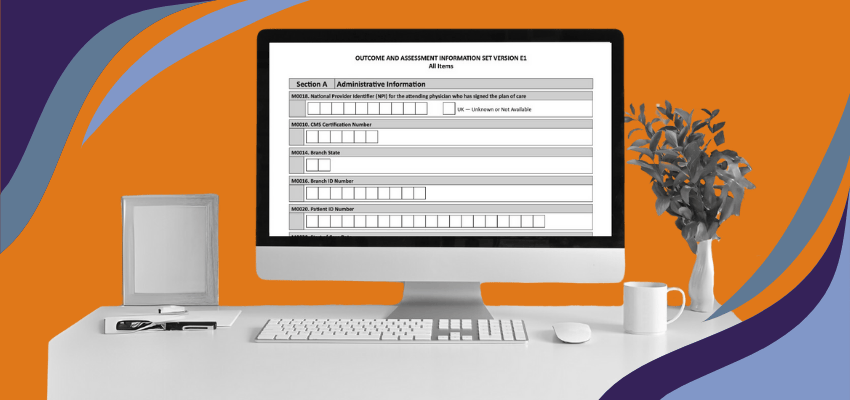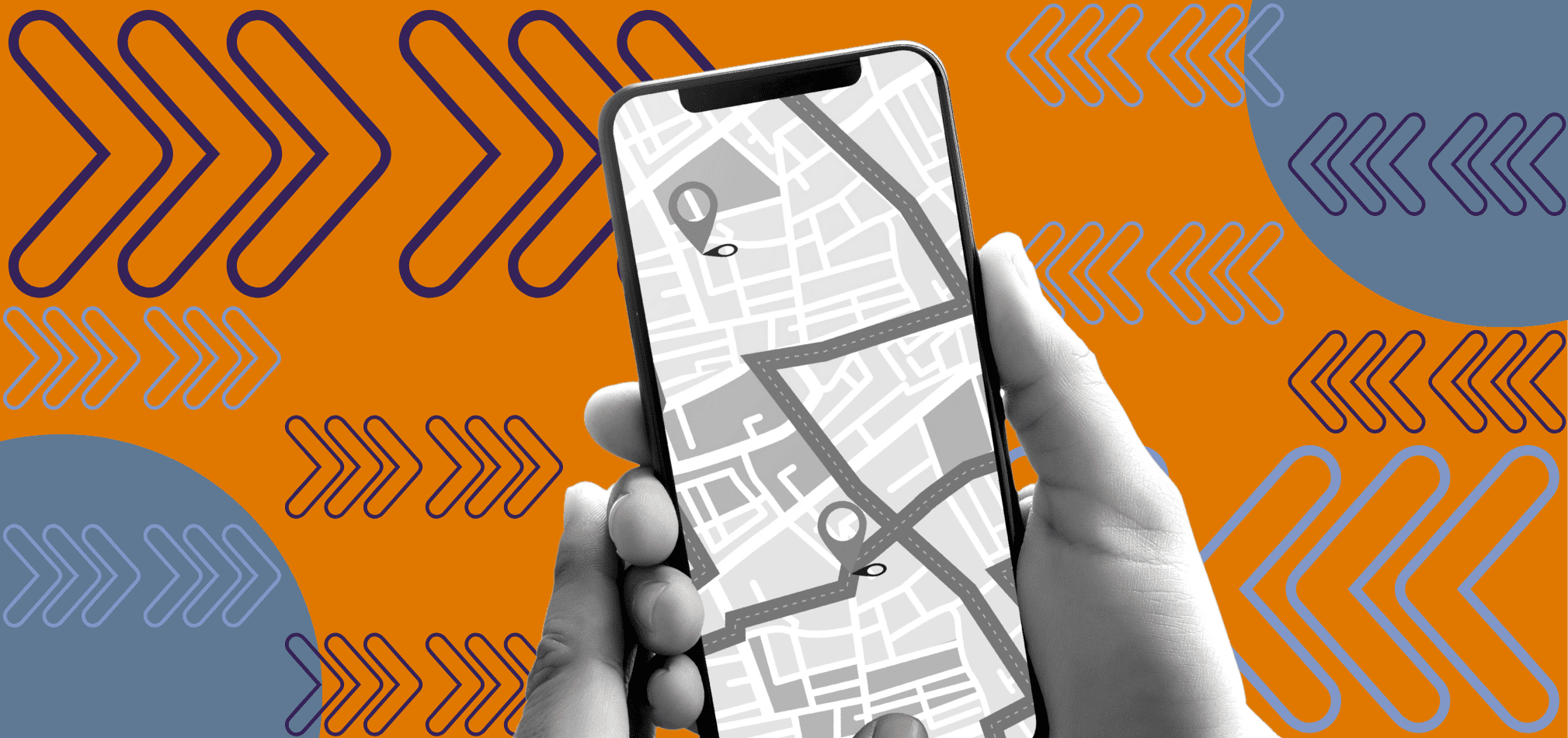Do Home Health Agencies Have to Submit OASIS for All Patients Now?
July 30th, 2025
6 min read
By Abigail Karl

Are you feeling overwhelmed by yet another regulation change? If you’re a home health agency owner or manager, you might be wondering what’s up with the new “all-payer OASIS” requirement and how it impacts your daily operations.
Here’s the good news: we’ve got you covered. In this article, we’ll break down:
- What the all-payer OASIS rule means
- The exceptions to the all-payer OASIS rule
- How to stay compliant without losing your sanity.
By the end, you’ll have a clear plan for handling OASIS assessments for all your patients – whether they’re on Medicare or not.
What Changed on July 1, 2025 for OASIS Submissions?
Short answer: Medicare now expects you to collect and submit OASIS data for all adult patients receiving skilled home health services, regardless of payer. In other words, if you’re a Medicare-certified home health agency, you can no longer limit OASIS assessments to just Medicare or Medicaid patients.
This was finalized in the CMS Home Health Final Rule for 2023 and became mandatory on July 1, 2025.
To clarify, OASIS (Outcome and Assessment Information Set) is the standardized patient assessment tool that home health agencies use to evaluate patient status and outcomes.
Why is CMS Now Requiring OASIS Submissions for All Payers?
The purpose of requiring all payer OASIS assessments is to give CMS a more complete picture of care quality across the board.
On the OASIS All payer Q&A Sheet, CMS explains the change as a way to, “gain a better understanding of the overall quality of care provided by Medicare-certified providers to the patients they serve, regardless of the patient’s payer source.”
Down the line, this data could inform quality measures or payment models like Value Based Purchasing. But as of now, CMS hasn’t announced specific payment changes tied to non-Medicare OASIS data. For now, think of it as more paperwork today for better insights (and possibly new benchmarks) tomorrow.
When Did the All-Payer OASIS Rule Take Effect?
OASIS submission became mandatory for all payers on July 1st, 2025. However, CMS provided a transitionary period before that.
Starting January 1, 2025, agencies were allowed to voluntarily collect and submit OASIS for non-Medicare /non-Medicaid patients as a trial run. This 6-month phase-in was optional, meant to help agencies prepare for the full requirement.
During that Jan–June 2025 window, you still had to submit OASIS for your Medicare/Medicaid patients as usual, but for everyone else it was up to you. CMS made it clear that any OASIS assessments you voluntarily completed in the first half of 2025 would remain voluntary even after July 1 for that particular patient.
For example: if you admitted a private-insurance patient in March 2025 and you opted to do a Start of Care OASIS, you weren’t suddenly forced to submit a recert or discharge OASIS in August. Those can remain voluntary for that episode.
Also, if you didn’t do a voluntary OASIS before July for a patient already on service, you do not have to discharge/re-admit or retroactively complete one once July hits.
To sum it up: OASIS on all new admissions from July 1, 2025 onward is mandatory, but you aren’t required to backtrack on patients already in care before that date.
Are Any Patients Exempt from the All Payer OASIS Submission Rule?

Yes! Not every person under your care triggers an OASIS assessment. CMS did not change the long-standing exclusions even as it expanded OASIS to all payers. The familiar exceptions still apply:
- Patients under 18 years old. If your agency cares for pediatric clients, those cases remain OASIS-exempt. (OASIS is designed for adult home health patients.)
- Maternity-only patients. If a patient is receiving only prenatal/postpartum maternity services, no OASIS is required
- (Home health maternity care is rare for Medicare-certified agencies, but if you happen to provide it, it’s excluded.)
- Patients receiving only personal care or homemaker services. If the patient’s home health plan of care does not include any skilled nursing or therapy – e.g. they only get a home health aide for bathing, or only homemaker/chore assistance – you do not need to do an OASIS.
Again, these are the same exemptions as before. In the same OASIS All Payer Q&A sheet, CMS explained the all-payer rule “would not change the current patient exemptions for OASIS.”
However, there is another special circumstance to consider.
CMS has long had a “single visit quality episode” policy, and it remains in effect. If you make only one visit from SOC to discharge (or transfer/death), no OASIS submission is required for that patient.
For example, perhaps you did one evaluation visit and the patient refused further care – in that situation, skip the OASIS. (Don’t worry about a discharge OASIS either; CMS says you should not complete one for single-visit episodes. This single-visit exception applies regardless of payer as of 2025.
Does “All-Payer” OASIS Submission Really Include Self-Pay and Charity Cases?
Yes it does. “All-payer” means all payer sources. If your Medicare-certified HHA is providing skilled care to a patient, then an OASIS assessment is required, even if nobody is paying you.
The CMS guidance confirms that as long as the care is delivered by a Medicare-certified home health agency and the patient has more than one visit in the episode, OASIS is required “regardless of who, if anyone, pays” for that care.
So, this includes:
- Self-pay patients: Maybe the patient pays out-of-pocket for visits. OASIS still needed.
- Charity care or pro bono cases: Perhaps you occasionally provide free care or have a charitable payer source covering it. Still OASIS.
- Private insurance or managed care: Commercial insurance, Medicare Advantage, and managed care plans all fall under this umbrella now.
- Community waivers or other programs: If you’re giving skilled care under a state waiver program and you’re a Medicare-certified agency (or the state requires OASIS via CoPs), then those clients need OASIS as well.
The key is whether your agency is Medicare-certified and if the patient is receiving skilled home health services. If yes, and none of the exclusions apply, you should be doing the OASIS assessment and submitting it. It doesn’t matter if the bill goes to Blue Cross, the VA, a grant program, or the patient’s own checkbook.
How Does All-Payer OASIS Impact Day-to-Day Operations?

Now the big question for operations: What changes in your workflow because of this rule? In practical terms, agencies will need to adjust a few key processes:
- Admissions & Intake: Train your intake staff and clinical team that every new admission (adult + skilled) now triggers an OASIS assessment, not just Medicare patients.
You might need to update your intake checklists or EMR settings so that “OASIS required” is the default for all payers.
- Comprehensive Assessments: Your clinicians (RNs, PTs, etc.) who conduct SOC visits will now be completing the full OASIS data set for all patients (again, except for the exceptions). Ensure your staff is up-to-date on OASIS-E assessments and that you’ve worked out any payment differences in the visit rates.
The good news is the OASIS time points and item set itself haven’t changed. You’ll do Start of Care, Recertification (every 60 days), Transfer, Resumption of care, Discharge, etc. just as you do for Medicare patients.
- Documentation & QA: Expect an uptick in OASIS forms to review and submit. Your quality assurance team should incorporate non-Medicare charts into their OASIS review workflow.
- Submission Process: All OASIS data, regardless of payer, gets submitted to CMS through the iQIES system (Internet Quality Improvement and Evaluation System). If you’re already submitting OASIS for Medicare patients, it’s the same process.
- ***Privacy Notices & Consent Forms: This is a big operational detail. Under the Medicare Conditions of Participation, you must provide patients with an OASIS privacy notice explaining how their data will be used.
Now that you’re collecting OASIS on all patients, you need to give the OASIS privacy notice to all of them. Update your admission packets with the correct privacy statements to stay compliant.
*You can find these OASIS privacy notices linked in the CMS Home Health Agency Center under Outcome and Assessment Information Set (OASIS).
- State and Other Payer Requirements: While the federal rule covers all Medicare-certified agencies, double-check if your state or certain payers have additional documentation requirements. If a state requires you to do some reporting on pediatric or maternity cases separately, be mindful of that. But from the federal side, you won’t submit those to CMS.
In short, day-to-day you’ll be doing a bit more paperwork per patient and adjusting some forms and training – but the core care processes remain the same.
How Can Home Health Agencies Stay Compliant with All-Payer OASIS?
Let’s revisit the most important takeaway:
As of July 1, 2025, home health agencies must perform OASIS assessments on all eligible patients, no matter the payer.
This rule can feel overwhelming at first, but understanding it is half the battle. To help, here’s a quick overview of what we discussed in this article:
- Exemptions remain the same: patients under 18, maternity-only patients, personal care/homemaker-only cases, and single-visit episodes do not require OASIS.
- No retroactive OASIS needed for patients already on service before July 1, unless re-admitted after that date.
- Privacy notices must be updated: use the new Attachment A and Privacy Act Statement for all patients assessed with OASIS.
- Operational changes include: intake checklist updates, staff training, EMR configuration for all-payer OASIS, and integrating non-Medicare OASIS assessments into your QA workflow.
This rule ensures CMS collects a complete picture of care quality across all payers. While it adds paperwork, it supports national quality measurement and potentially strengthens your agency’s data-driven improvement efforts.
If you’re still feeling overwhelmed and look for compliance support to ease the workload on your team, you may be a good fit for our Admin Compliance Program. Check out the article below to learn how we ease agencies’ administrative burdens, so you can focus on what matters most: delivering quality patient care.
*Disclaimer: The content provided in this article is not intended to be, nor should it be construed as, legal, financial, or professional advice. No consultant-client relationship is established by engaging with this content. You should seek the advice of a qualified attorney, financial advisor, or other professional regarding any legal or business matters. The consultant assumes no liability for any actions taken based on the information provided.





